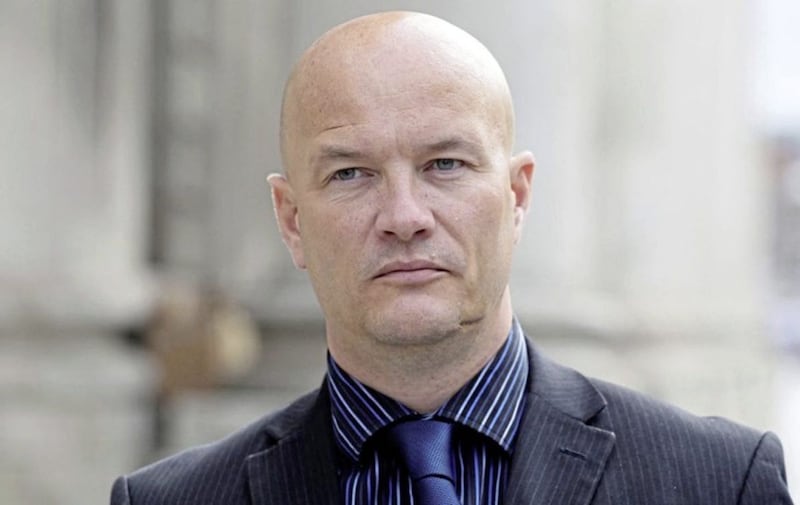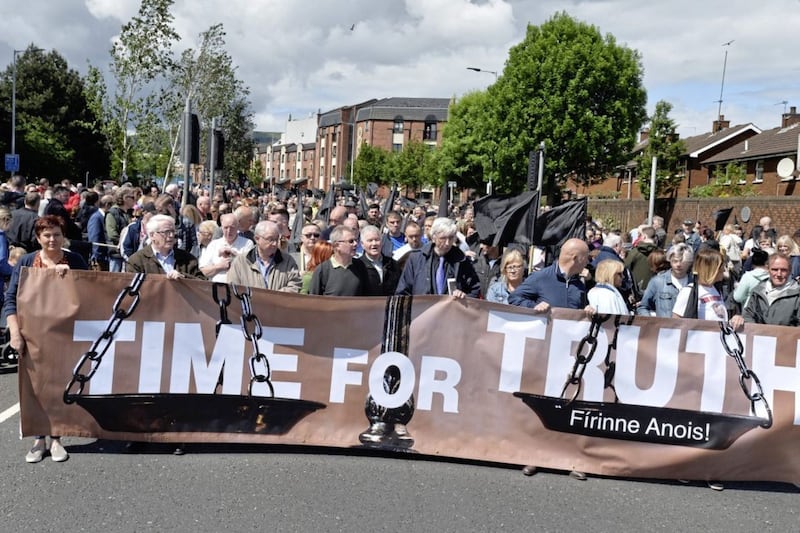The Police Ombudsman's office has come in for strong criticism after it emerged it failed to inform relatives of the McGurk's Bar bombing that fingerprints were found on a car used by the loyalist killers.
Fifteen people were killed when the UVF detonated a bomb in the North Queen Street bar in north Belfast in December 1971.
At the time security forces blamed the IRA but this was later shown not to be true.
Campaigners believe there was collusion in the murders.
It has now emerged that fingerprints were found on a vehicle used by the loyalist killer gang but relatives of the dead were never informed.
Read More: McGurk's Bar relatives launch legal action for disclosure
Police accused of creating false McGurk's Bar IRA claim
A 2011 report by the Police Ombudsman into the atrocity said that police examined a vehicle involved in the explosion and it had "found no other information about this vehicle in police records".
Campaigners say that following a legal battle for access to the Review Summary Report by the now defunct Historical Enquiries Team (HET) it was established that the police record was in fact a Fingerprint Ledger.
It confirmed that police had recovered two prints from the vehicle and other evidence linked to the atrocity.
Ciarán MacAirt, from the research charity Paper Trail and whose grandmother Kitty Irvine was one of those killed, recently confirmed that the HET discovered the ledger after receiving the draft ombudsman's report prior to publication in February 2011 and notified the Police Ombudsman.
In May this year Mr MacAirt asked the ombudsman a series of questions including why the ombudsman did not include a reference to this fingerprint evidence in its 2011 report.
In a recent response, the ombudsman said it received the ledger in the days leading up to publication of the report and that rather than delaying the report the then ombudsman was "mindful that the matter would be examined as part of the recommendation....that the Chief Constable satisfy himself that all investigative opportunities had been exhausted".
Around the same time, Mr MacAirt asked the PSNI if the prints had been lost, and if so, how and when they were lost.
He also asked if they have been linked to any suspects.
The PSNI responded by saying it can neither confirm or deny that it holds the requested information.
In June last year, the High Court ordered that the HET report into the atrocity be quashed with a judge adding that findings of no bias in the original RUC investigation were irrational.

Mr MacAirt said that three suspects in the bombing may still be alive.
He added that relatives of those who died are "outraged" the Police Ombudsman "failed to investigate" the prints.
Mr MacAirt said the ombudsman's job "is to investigate police failures".

Kevin Winters, of KRW LAW, said: “Yet again we have another example of families finding out information through their own activism and agitation.
"The revelation that (the Police Ombudsman's office) excluded fingerprint evidence from its report in expectation that PSNI would investigate it resulted in neither agency addressing it."
A spokeswoman for the Police Ombudsman said it was made aware of the finger print ledger in the days leading up to the publication of the McGurk’s Bar report.
"Any allegation of collusion made against the Police Ombudsman or a former Police Ombudsman is strenuously denied," she said.








